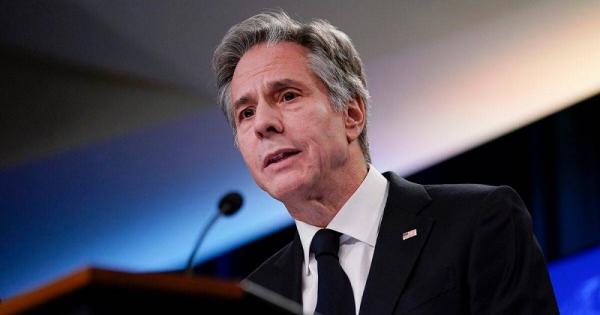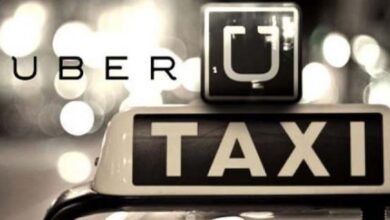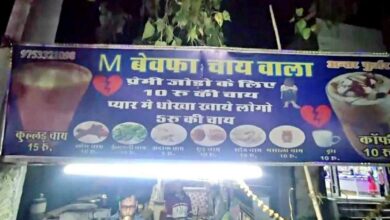The opposition is building a monopoly

Can a government or ruling party eliminate the opposition in a multi-party democracy like India? This is a stupid question. Until recently, this could not even be thought of. But now not only is it being thought and questioned, but it seems remote but likely that the opposition in India may end or become so weak that it doesn’t make sense for it not to exist. If the pattern on which the Bharatiya Janata Party is doing politics at present, if it continues, then it is possible that only those parties will survive, which are with the government and the rest of the parties may become fringe elements in the world’s largest democracy. In this way the opposition will remain but effectively the one-party system will be implemented in the country. By the way, if we look back, for many years after independence, during which period it is said that democracy was getting stronger in the country, even at that time there was only one party system in the country. When the Communist Party government was formed in one state Kerala, it was also dissolved and President’s rule was imposed. Changes in this situation started coming after 1967 i.e. after 20 years of independence.
However, right after independence and for the next 20 years, politics is being done to bring the BJP to the position it was in. More or less this situation has been seen in the last 10 years. In some states, the opposition parties have definitely defeated the BJP or the position of the BJP is weak, but at the country level, the BJP has made itself an option. The way opposition parties used to unite under non-Congress politics, similarly parties are uniting under non-BJPism but it is of no use. Because after coming to the government, due to the use of the power of the government and the organization of the BJP and the Sangh, the opposition has become so weak that it does not seem to be competing. The BJP and the central government have used only opposition parties to weaken the opposition.
In the future, the opposition will be weakened only by the use of opposition parties. The use of Maharashtra is an example of this. In Maharashtra, the BJP knows that only Shiv Sena can have a stake in its political capital. Shiv Sena is the only party which does politics of Hindutva effectively but separate from Hindutva of BJP and RSS brand. If it weakens or ends then there is no threat from NCP and Congress as both those parties do politics of same vote bank. Only after the separation of Shiv Sena, the strategy of weakening or eliminating Shiv Sena was being worked out, which is now being successful. Shiv Sena, which is controlled by the Thackeray family, has become very weak now. If the government of Balasaheb’s Shiv Sainik Eknath Shinde lasts for two years, then the real Shiv Sena will be there, which will be a proxy of BJP in a way. Along with Shiv Sena, the entire opposition can get marginalized there.
Just before Maharashtra, the BJP did a successful experiment in Uttar Pradesh to eliminate the opposition with the help of the opposition. There, for some unknown reasons, Bahujan Samaj Party leader Mayawati sat silent in the assembly elections. He fielded candidates but did not campaign. He fielded candidates but his motive was not to win the elections but to ensure the victory of the BJP. The BSP cut its votes by fielding Muslim candidates in the seats dominated by the SP. It was clearly visible throughout the election that the BSP chose the candidates with the will and choice of the BJP. The BSP candidates were chosen in terms of social equations, which were going to divide the anti-BJP vote. Because of this, the BJP won despite the wind in favor of the Samajwadi Party. In the recent Rampur and Azamgarh Lok Sabha elections, BJP won because of BSP. So, be sure that this use of BSP will continue in the next Lok Sabha elections as well.
Earlier, the BJP had done this successful experiment in Bihar, where it weakened its ally Janata Dal-U by using Chirag Paswan. Just as the BJP in Maharashtra knows that it is threatened by Shiv Sena, similarly in Bihar, it knows that Nitish Kumar’s party is the real challenge. So, if Nitish’s party is dealt with, the path of BJP will be flawless. BJP had done this work to a large extent. Earlier, in every election, Nitish’s party was a bigger party than the BJP. But in the last election, because of Chirag Paswan’s candidates, JDU lost more than 30 candidates and JDU remained a party of 43 MLAs, while BJP won 74 seats.
One of the opposition parties of BJP is Asaduddin Owaisi’s MIM, which is being used only to weaken the opposition. Owaisi gives statements against Prime Minister Modi and BJP every day. In every election, it is not known from where they get unlimited resources and they field candidates on the seats of opposition. He himself creates communal polarization through his speeches and his party’s candidates ensure the defeat of anti-BJP parties by dividing minority votes. This game has been played successfully in many states. BJP uses similar JDS in Karnataka for its politics and Anna uses DMK in Tamil Nadu.
On the one hand, BJP is using its resources and central agencies against the opposition parties, on the other hand the opposition parties themselves are harming each other without understanding the situation ahead. Mamata Banerjee has more enmity with Left and Congress than BJP, while K Chandrashekhar Rao also considers Congress and MIM as his enemy. Congress is more concerned about settling JD(S) than BJP in Karnataka, while in Kerala Congress and communists are fighting among themselves. For the Aam Aadmi Party and the Congress, fighting among themselves seems more important than the BJP. So, in some places the BJP is handling it and in other places the opposition parties are fighting on their own and making it easier for the BJP.




